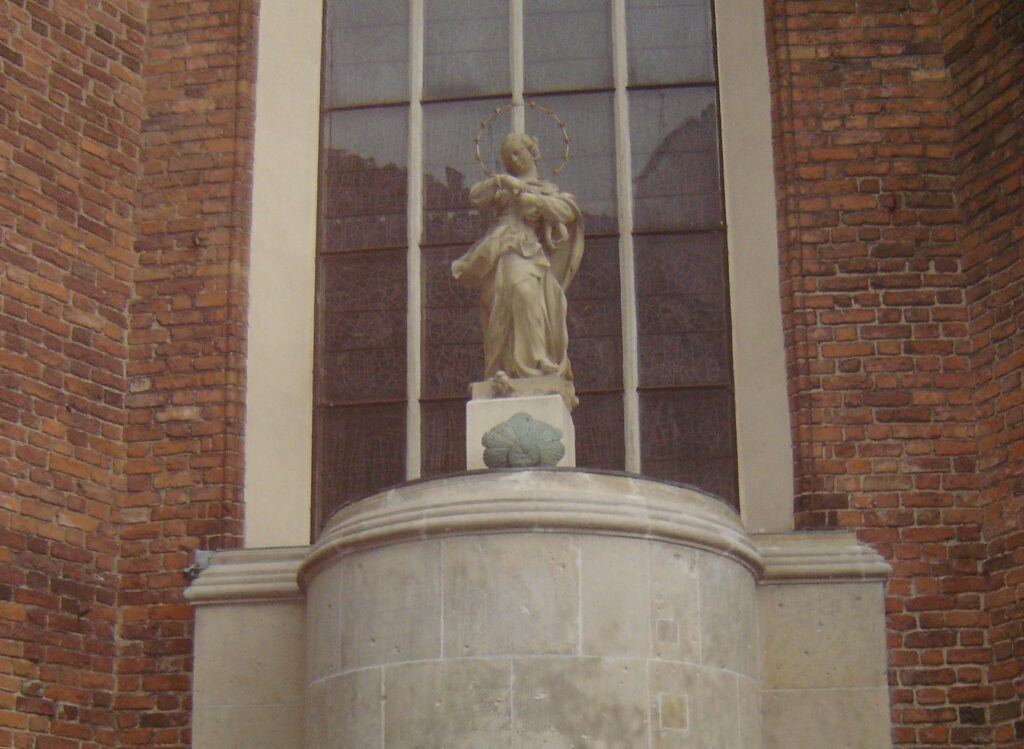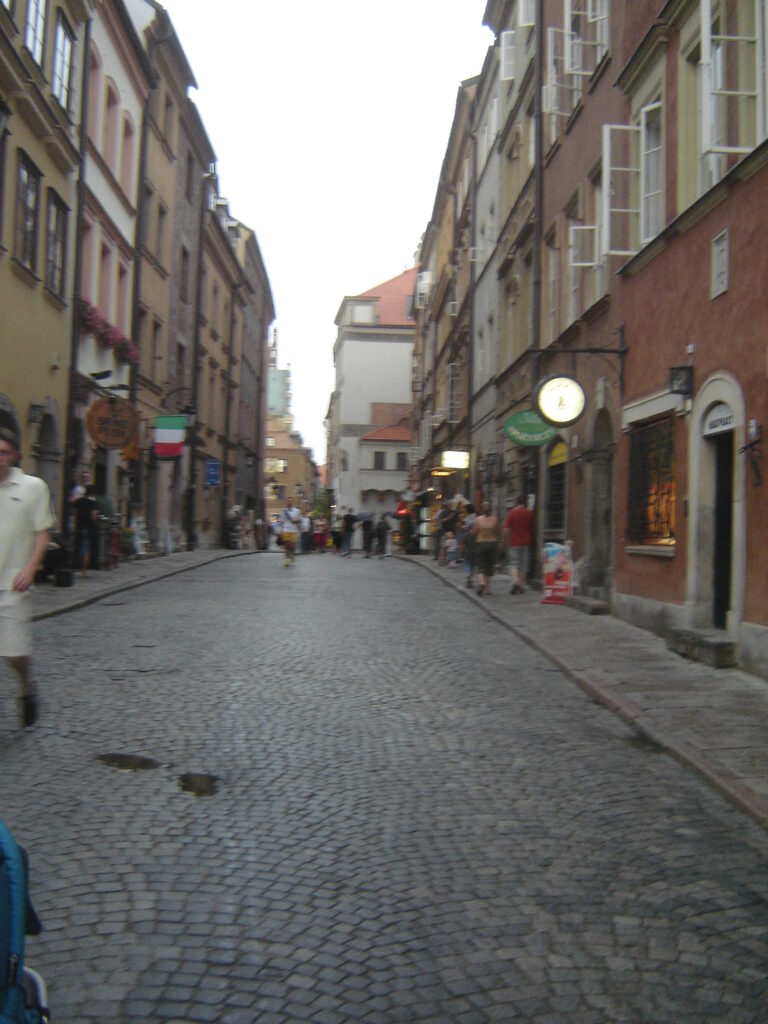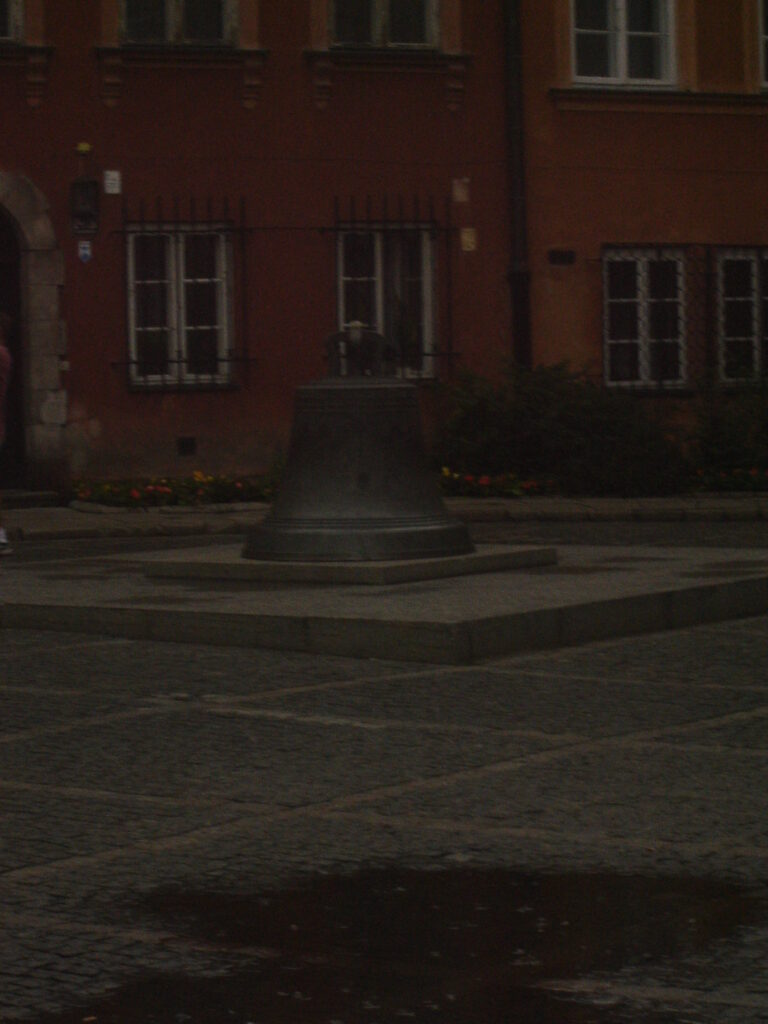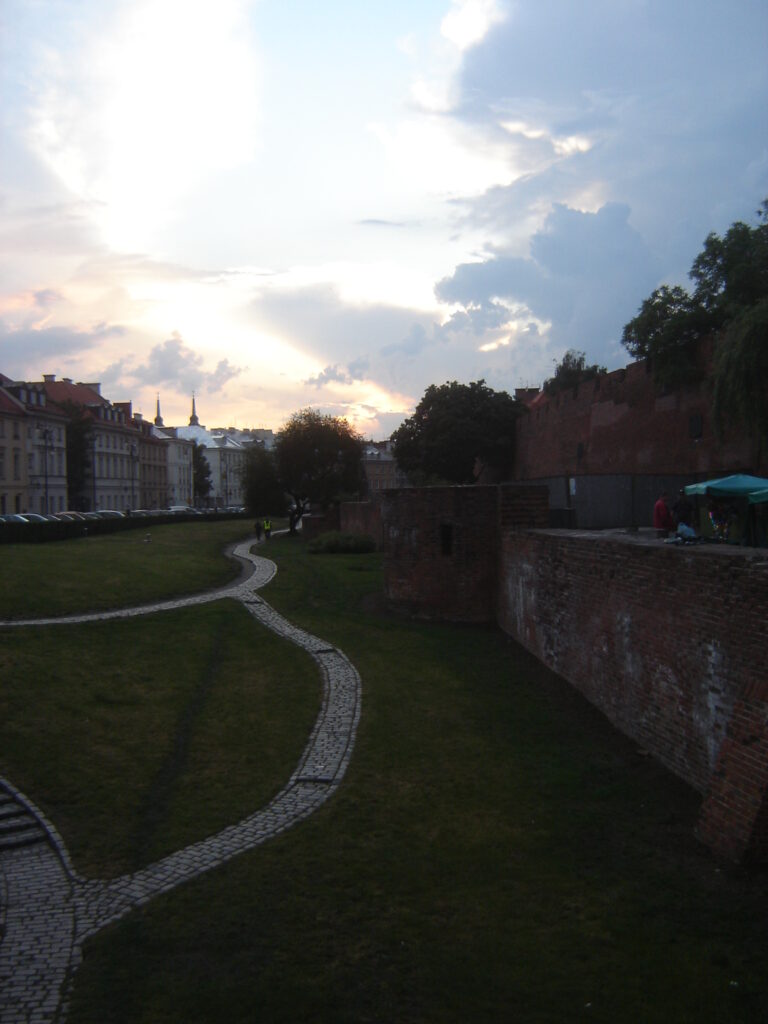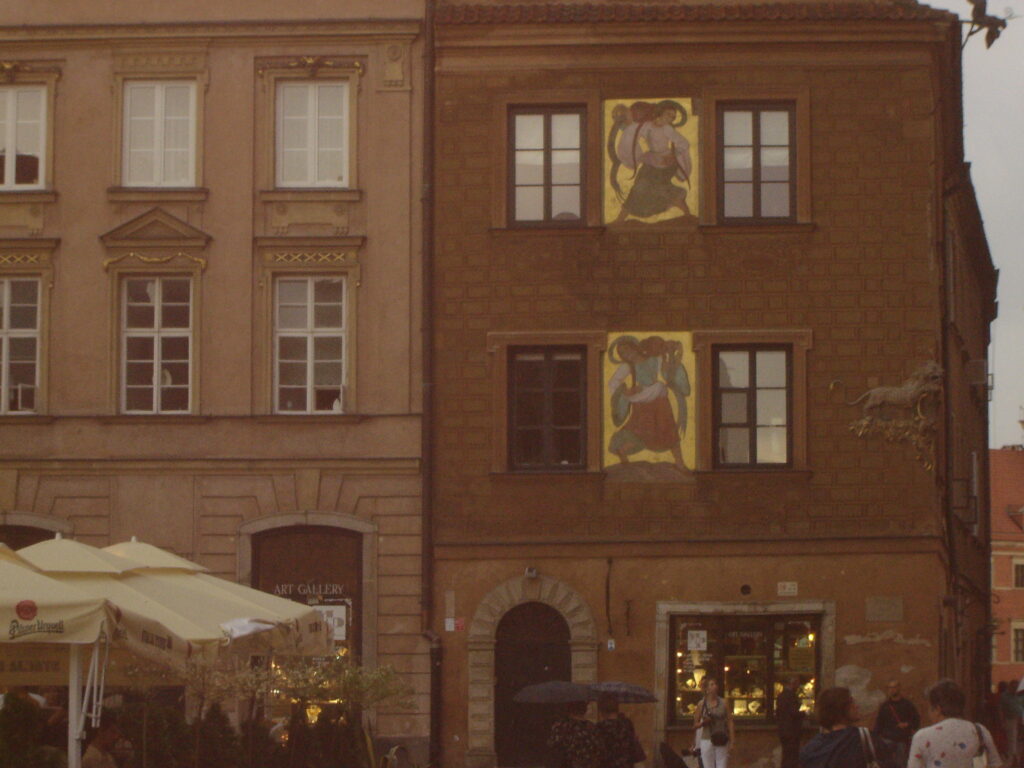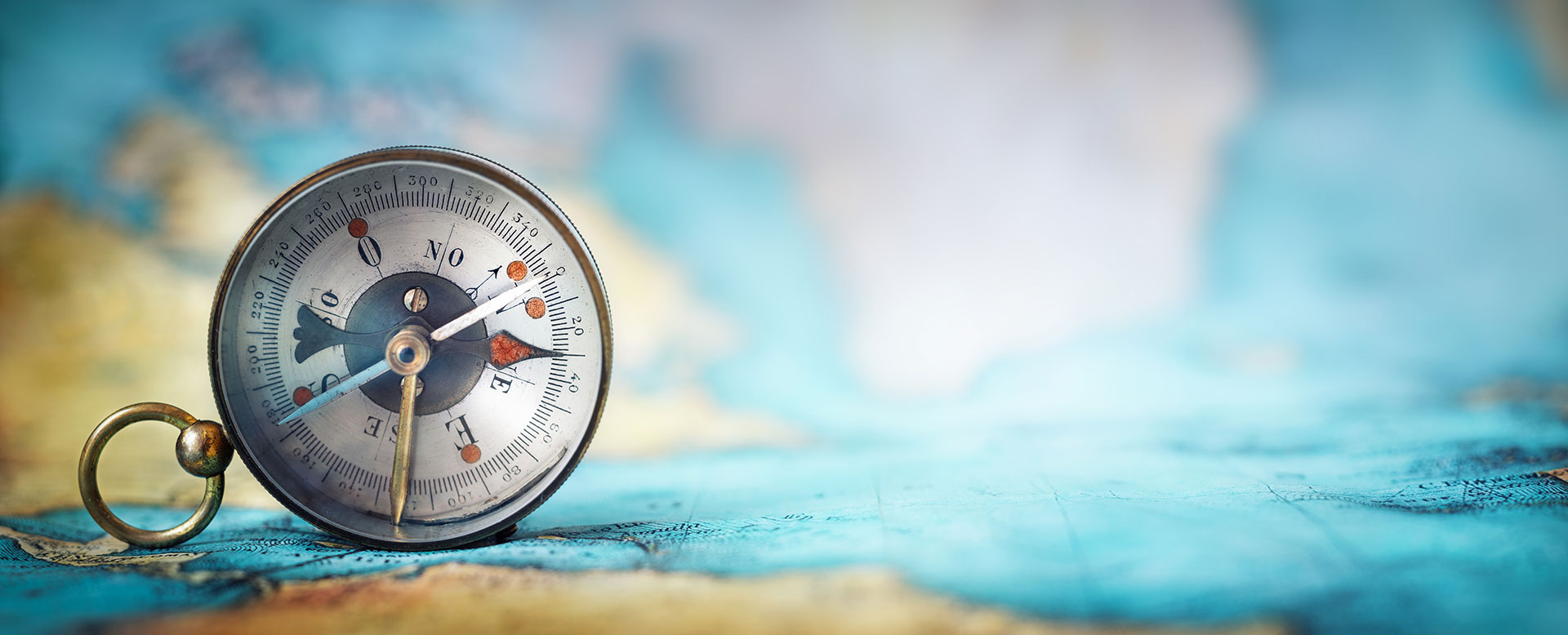Discovering the world / Odkrywając świat, Interesting facts / Ciekawostki, Traveler's guide / Podróznicze porady
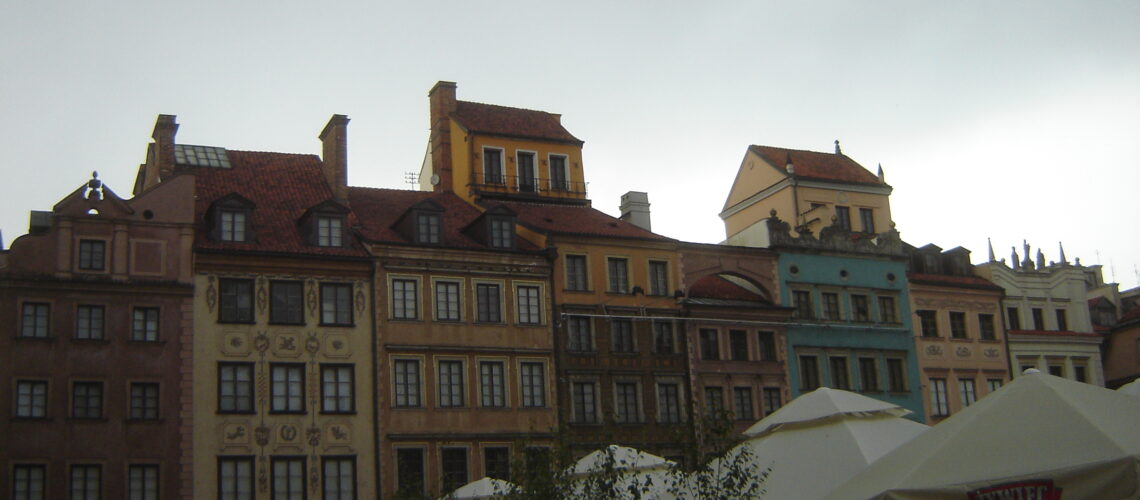
February 22, 2023
Cities around the world: Wrocław – part 2 – Wrocław today
Currently, Wrocław is the fourth largest city in Poland, with a population of approximately 650,000. residents. In terms of the area it occupies, the city is on the 5th position among all Polish cities, and in terms of the number of people living in it, it takes the 4th place.
It is also, due to the year of the city’s location with municipal rights, the oldest municipal unit in the entire country. It is also one of the largest university centers in the country. Intellectual life is centered around higher education institutions, with the university and polytechnic at the forefront.
Wrocław is also an important transport hub; an international airport, the A4 motorway running through the outskirts of the city, railway stations and river ports provide connections with the whole world.
The most important role in the economy of the region is played by the industry of means of transport, machinery, electrical engineering, metal constructions and the food industry.
Today, Wrocław is the main city in the entire Wrocław agglomeration, access is facilitated by the A4 motorway adjacent to the city.
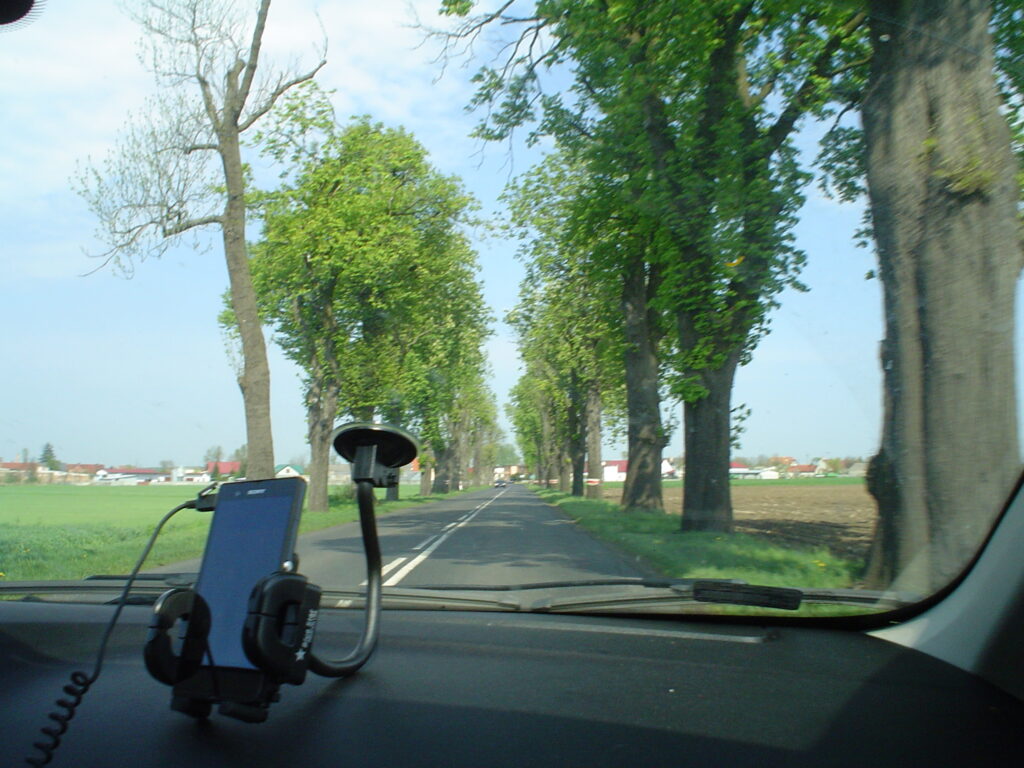
Culture
Wrocław is also a thriving center of science and culture. There are many universities here where students can gain knowledge. It is a city that is very popular among young people going to college. Numerous theatres, an opera, a musical theatre, a philharmonic and numerous clubs, museums and galleries ensure an uninterrupted sequence of artistic events. Music festivals of international importance have become a cultural showcase of the city. The largest of them is the International Festival “Wratislavia Cantans”.
Wrocław hosts, among others, the “Jazz on the Oder” Festival, Old Masters Music Days, Stage Song Review, International Jazz All Souls’ Day, Wrocław Meetings of One-Actor Theaters and Small Theater Forms, International Festival Dialog Wrocław. Monumental opera performances organized in Wrocław’s Hala Ludowa became famous in Europe.
An interesting object is the Puppet Theatre. The theater, which has been operating since the 1960s, offers truly fascinating performances that take viewers to a completely different dimension – the world of beautiful marionettes.
On the stage of the famous Polish Theater, many extraordinary artists show their acting skills, and the performances are able to satisfy even the most demanding connoisseur of theatrical art.
Other objects related to culture include the Wrocław Opera, which is located in a building built in 1841, which used to function as the Municipal Theater, and the National Museum.
Wrocław has hosted many international music stars, both stage and classical music, e.g. Joe Cocker, Anastasia, Sonique, Placido Domingo, Jose Cura, Garou.
One of the cultural attractions that cannot be missed is Panorama Racławicka – a giant rotunda, which houses a panoramic painting measuring 120×15 meters, depicting the battle of Racławice on April 4, 1794.
The capital of Lower Silesia is also an important center of exhibition and fair events organized in the Centennial Hall (formerly known as the People’s Hall).
Wrocław is the organizer of many events that take place periodically. An example is the reggae music festival called “One Love Festival” and it takes place every year in Wrocław’s Centennial Hall.
Many famous people are connected with Wrocław, popular Polish series are also recorded there, for example “World according to the Kiepskis” and “First Love”.
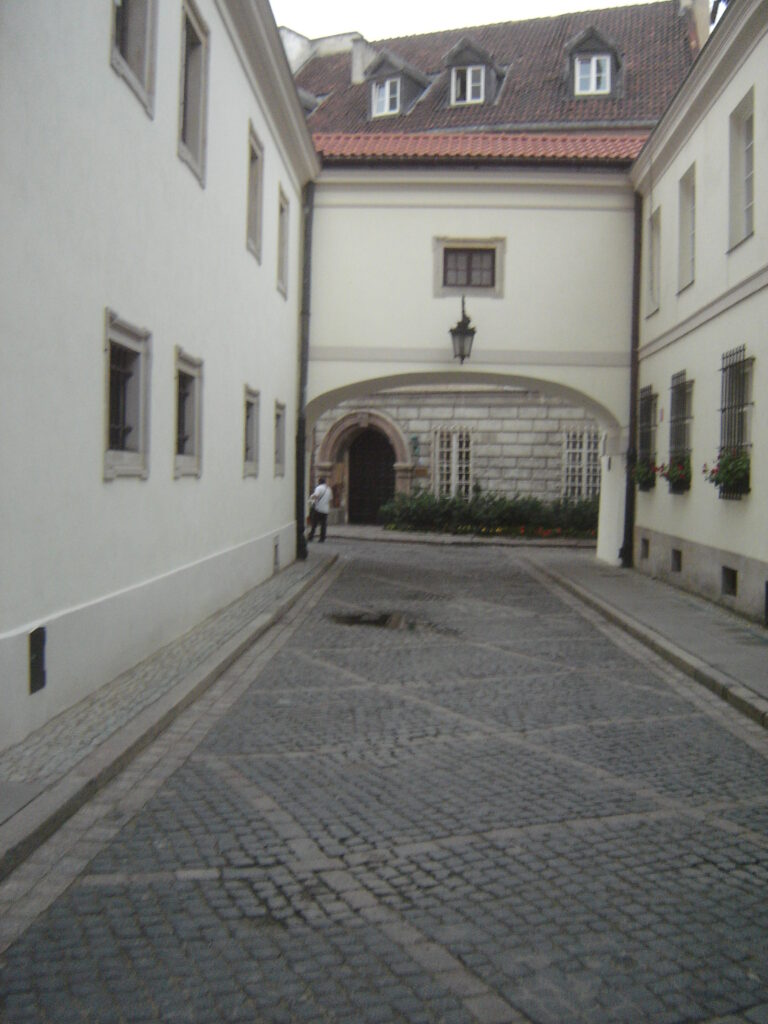
Nature
Wrocław is one of the greenest cities in Poland – there is 25 m2 of greenery per inhabitant (not including housing estate greenery).
In the city center there is the largest park in the city – Park Szczytnicki, where over 370 species of trees and shrubs grow.
It was founded as a private garden, later connected to the city park. Its main attraction is the Japanese Garden established in 1913. The original composition of the garden means that it shows a different face at any time of the year, in which only the elements of Japanese architecture remain unchanged. The Japanese Garden has been arranged in accordance with the rules of designing traditional oriental gardens. It is a symbolic example of a harmonious combination of the forces of nature and human activity. It attracts with its architecture, arrangement, rare vegetation and charm, especially when the flora is in full bloom, i.e. between the end of May and the middle of June.
A unique place in the park is the centuries-old larch church of St. St. John of Nepomuk. It was built at the turn of the 15th and 16th centuries in Stary Koźle. Over two hundred years later, the structure was dismantled and transported to Kędzierzyn. Another move was related to the Centennial Exhibition, organized in Wrocław in 1913. The intimate temple was part of the event on cemetery art. Services were still held here after the war. In the 1950s, it served as a thief’s den, for example, paintings stolen from the National Museum were stored here.
At the beginning of the 21st century, the building underwent a major renovation. Now, as an Open Cultural Space, it serves as an intimate center for cultural, social and other events.
The Botanical Garden was established in 1811 and is one of the two oldest institutions of this type in Poland. Originally, it had an area of 5 hectares, and the first 427 plants were bought from a farmer from Oleśnica. The garden developed dynamically. In 1816, two thousand plants were grown there, a greenhouse and a palm house were built.
In the 19th century, many innovative solutions were introduced, e.g. a nursery of agricultural plants, a swimming pool for tropical floating plants. During World War II, the plant collection was severely damaged. The garden began operating again in May 1945. Today, on almost 7.5 hectares, there are approx. 11.5 thousand. plants and their varieties, including mountain, rock, water, mud and even tropical and subtropical plants. It is worth visiting especially in the period from May to the end of the summer, because the plants are in full bloom then.
Zoological Garden, founded in 1865 with about 5.5 thousand animals. animals representing 650 species is another wonderful place, worth your attention.
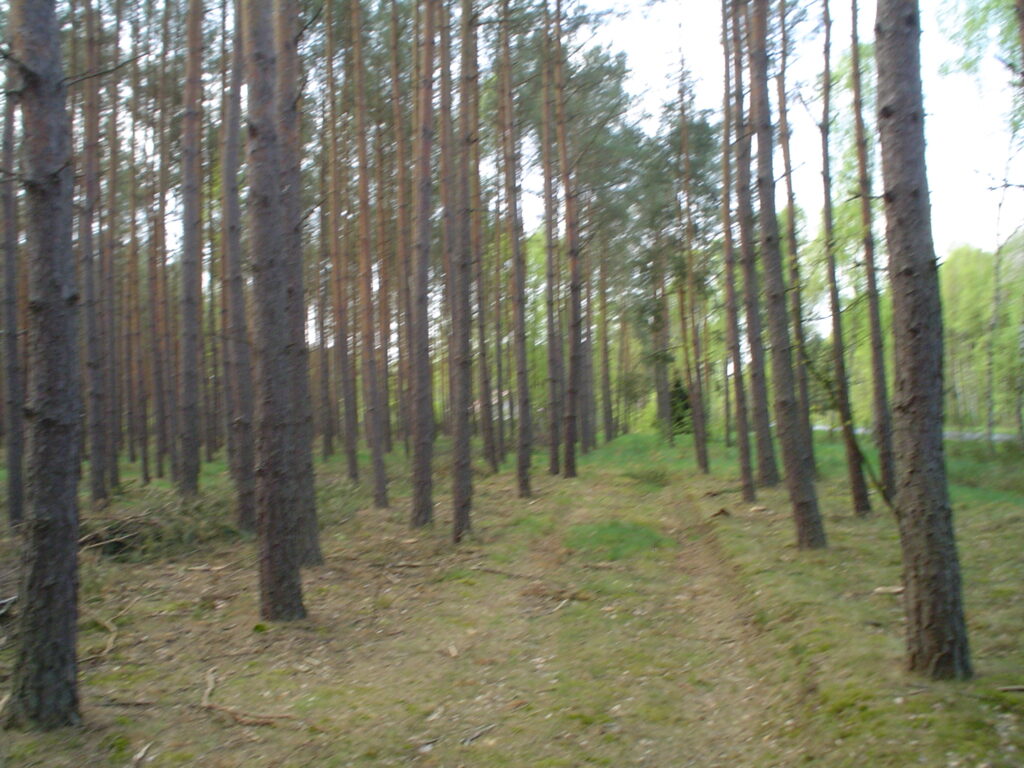
Bridges
Anyone who has had the opportunity to stay in Wrocław has certainly noticed the numerous bridges there. His is a kind of symbol of the city. The total number of bridges in Wrocław exceeds 100. Such a large number of bridges is the result of dividing the city into two parts by the flowing Oder River.
One of the symbols of the city is the Grunwaldzki Bridge, built in 1910, connecting Plac Powstańców Warszawy, which is located on the left side of the Oder river, with Plac Grunwaldzki on the right side of the river.
Another famous bridge in Wrocław is the Bridge of Peace, which replaced another bridge built in this place in the 16th century.
The most impressive bridge is the Zwierzyniecki Bridge, connecting Maria Curie Skłodowska Street with Zygmunta Wróblewskiego Street, where the wonderful Wrocław Zoo is located, and the Zwierzyniecka Marina, from which you can go on a boat trip along the Oder River.
Some bridges in Wrocław, apart from their function connecting individual parts of the city, also have a slightly sentimental meaning. An example is the beautiful Tumski Bridge. Situated in the Wrocław Old Town, it is especially known to lovers. On the railings of the bridge there are a lot of locked padlocks, on which various inscriptions are often engraved. The padlock attached in this way is a symbol of the love of lovers who come to the Tumski Bridge to assure their affection. Wroclaw’s bridges look especially attractive in the evening, when they are illuminated by a lot of lights, creating an amazing atmosphere.
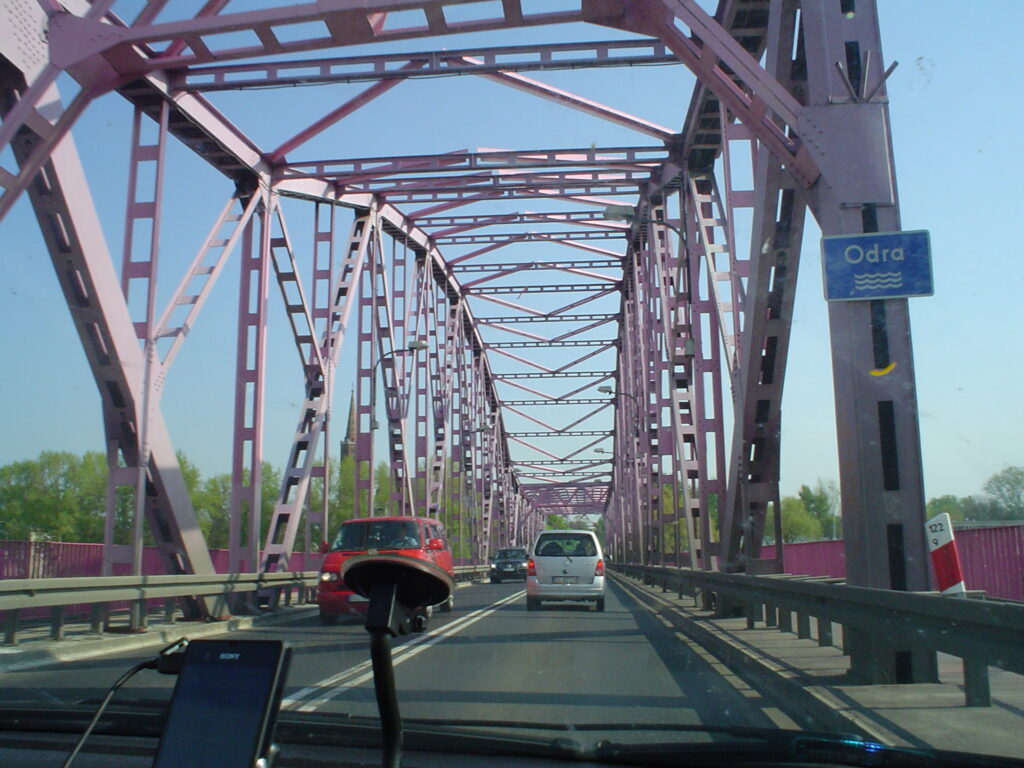
Nightlife
Wroclaw is a very attractive city during the day, but the nightlife also thrives here with many attractions. Numerous pubs, cafes, restaurants, pubs and discos are open until late. Clubs compete with each other with originality, prices and musical proposals, wanting to attract new customers. Walking in the evening through the cobblestones of the Wrocław market square and the streets adjacent to it, it is impossible not to hear the music coming from numerous venues.
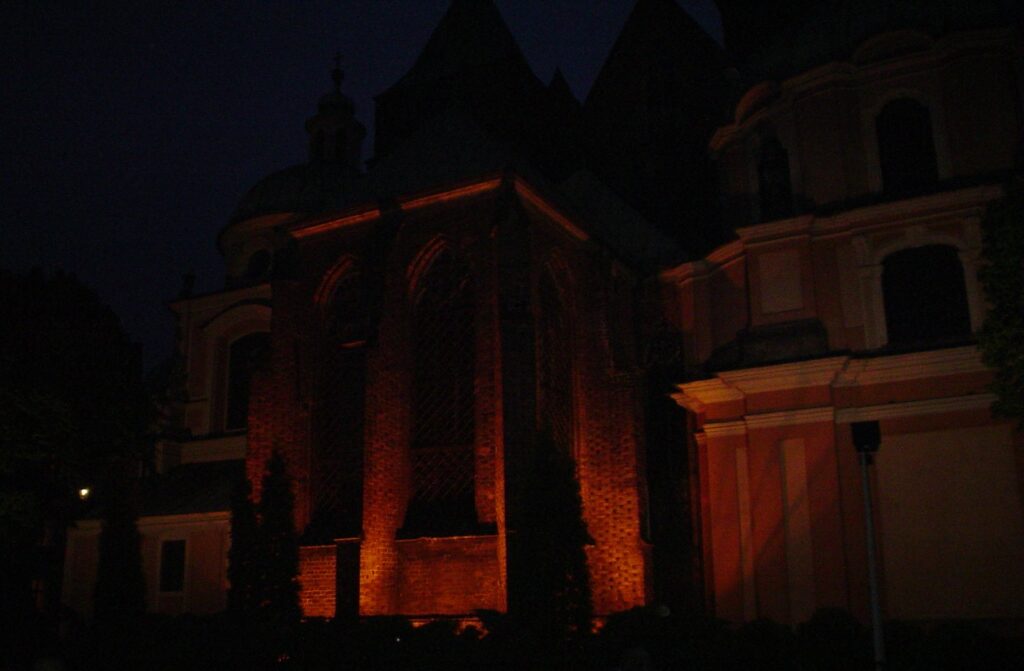
Sport
Wrocław is also a center of water sports and river tourism and an important point on the map of Poland, boasting traditions in basketball, speedway competitions, football and shooting. The city is equipped with rich sports and recreation facilities for professional and amateur sports.
Carefully tended parks and an ever-increasing number of bicycle routes encourage active recreation.
The advantage of Wrocław is the short distance and good connections with spa, holiday and sports centers located in the Kłodzko Valley and within the Sudety and Karkonosze Mountains. This increases the offer of active recreation and meets the requirements of extreme sports enthusiasts (e.g. mountain climbing, visiting mines and adits combined with numerous attractions).
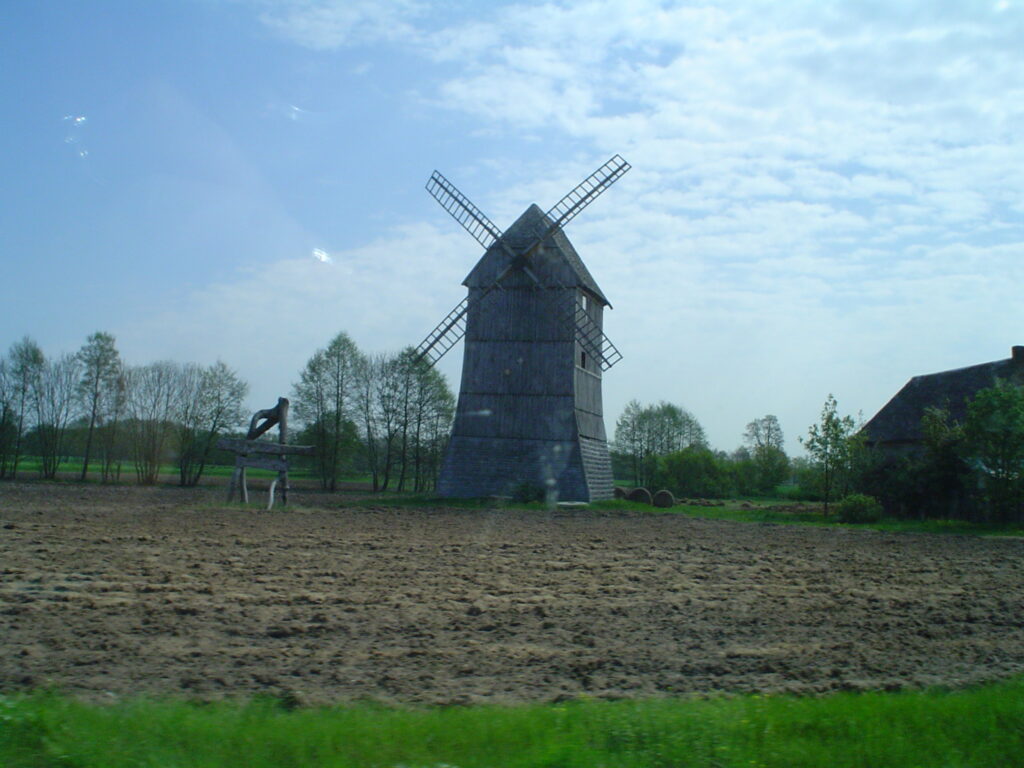
Tourism
Many tourists come to Wrocław throughout the year. The city has a very well developed tourist base, with plenty of accommodation options in hotels, hostels and private accommodation. A very good option, especially for young people, is accommodation in Wrocław dormitories, where accommodation is not so financially demanding. There are also many pubs, restaurants and other types of food outlets in the city where you can eat a meal. Some of these places are particularly attractive, they attract not only with a great menu, but also with a very original interior design and atmosphere inside. Many restaurants operating in Wrocław offer customers cuisine from around the world.
